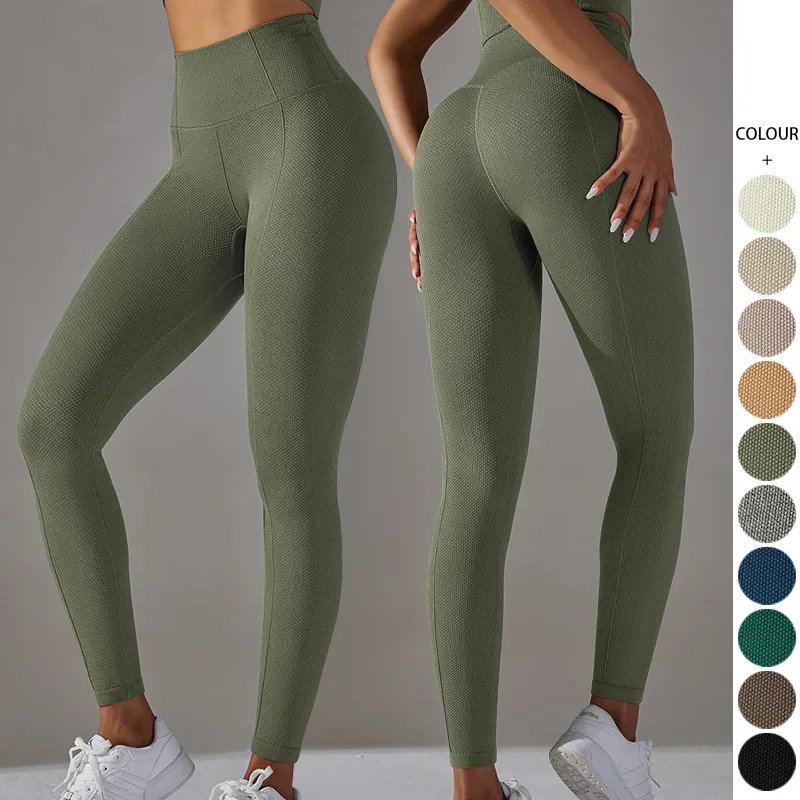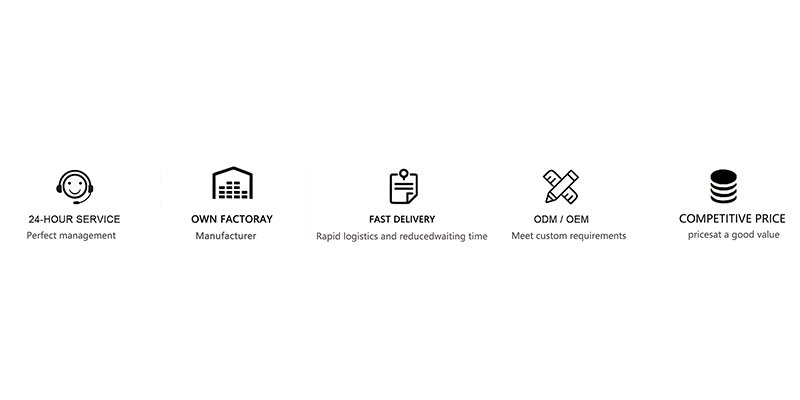Finding the right size when buying clothes can be a challenging task, especially with the variations in sizing between different brands and regions. Wearing clothes that fit well not only enhances your appearance but also ensures comfort and confidence. This article will guide you through the essential steps to choosing the right size when shopping for clothes, whether online or in-store.

1. Know Your Measurements
Start with Accurate Measurements
The first step in finding the right size is knowing your measurements. Standard measurements include the bust, waist, hips, inseam, and sometimes additional areas like the shoulders or arm length. Use a flexible measuring tape to take your measurements, and ensure you’re measuring in the correct spots:
- Bust: Measure around the fullest part of your chest, keeping the tape measure parallel to the ground.
- Waist: Measure around the narrowest part of your waist, typically just above the belly button.
- Hips: Measure around the widest part of your hips, usually 7-9 inches below the waist.
- Inseam: Measure from the top of your inner thigh down to the bottom of your ankle.
Keep a Record
Once you’ve taken your measurements, write them down and keep them handy for future reference. These measurements will be your guide when checking size charts or trying on clothes.

2. Understand Size Charts
Check the Brand’s Size Chart
Sizes can vary significantly between brands, so it’s crucial to refer to the specific size chart provided by the brand or retailer. Most online stores provide a size chart that correlates your measurements with their sizes.
Convert Sizes When Necessary
If you’re shopping internationally, be aware that sizing standards differ between countries. For example, a UK size 10 is not the same as a US size 10. Use a size conversion chart to ensure you’re selecting the correct size for the region you’re buying from.
Consider the Fit
Understand the fit that the brand is known for. For example, some brands might have a more tailored or slim fit, while others might offer a more relaxed or oversized fit. This will help you decide if you need to size up or down based on your preferences.
3. Read Customer Reviews
Look for Fit Feedback
Customer reviews can be incredibly helpful when determining how a garment fits in real life. Look for reviews that mention whether the item runs true to size, too small, or too large. Pay attention to reviews from customers with similar body types to yours, as their feedback may be particularly relevant.
Check for Photos
Some online retailers allow customers to upload photos of themselves wearing the item. These can give you a more realistic idea of how the clothes might look on you, beyond what the model in the product photos might suggest.
4. Consider the Fabric and Cut
Understand Fabric Behavior
Different fabrics behave differently. For instance, cotton and wool may shrink after washing, while materials like spandex or elastane offer more stretch and flexibility. If a garment is made from a fabric known to shrink, you might want to size up.
Look at the Cut
The cut of the clothing is also important. For example, if a top has a fitted or tailored cut, you might prefer a size that’s slightly larger for comfort. Conversely, if a dress is designed to be loose or flowy, your usual size may fit just right.
5. Account for Layering
Think About What You’ll Wear Underneath
If you’re buying outerwear or a garment you plan to layer over other clothes, consider sizing up to accommodate thicker layers underneath. For example, a winter coat might need to fit comfortably over a sweater or blazer.
Adjust for Different Seasons
Keep in mind that your clothing needs might change with the seasons. You may need to size up for heavier winter garments, while lighter summer clothes might be more forgiving in a standard size.
6. Try It On (If Possible)
In-Store Shopping
If you’re shopping in-store, always try on clothes before purchasing. This is the most reliable way to ensure a good fit. When trying on clothes, move around in them—sit, stand, bend over—to ensure they’re comfortable in all positions.
Online Shopping
If you’re shopping online, check the retailer’s return policy before purchasing. Opt for stores that offer easy returns or exchanges, so you can try on the clothes at home and return them if they don’t fit as expected.
7. Be Aware of Vanity Sizing
Recognize Vanity Sizing
Vanity sizing refers to the practice of labeling clothes with smaller sizes than the actual measurements. For example, what is labeled as a size 6 might actually fit someone who is closer to a size 8. Be aware of this practice, particularly with higher-end or fast fashion brands.
Focus on Fit, Not the Label
Don’t be too concerned with the size label itself; instead, focus on how the garment fits and feels. The right fit is more important than the number on the tag.
8. Plan for Alterations
Tailoring for the Perfect Fit
Sometimes, even with careful selection, a garment might not fit perfectly off the rack. In such cases, consider taking it to a tailor. Simple alterations like hemming pants, adjusting waistlines, or taking in seams can make a huge difference in how a garment fits.
Buy with Alterations in Mind
When buying items that you plan to alter, ensure there’s enough material to make the necessary adjustments. For example, if you’re buying trousers, make sure the inseam is long enough to hem.
Conclusion
Choosing the right size when buying clothes requires a combination of accurate measurements, understanding size charts, and being mindful of factors like fabric and fit. By taking the time to research and try on clothes when possible, you can ensure a better fit, leading to a more comfortable and confident appearance. Remember, the goal is to find clothes that not only look great but also feel great when you wear them.









